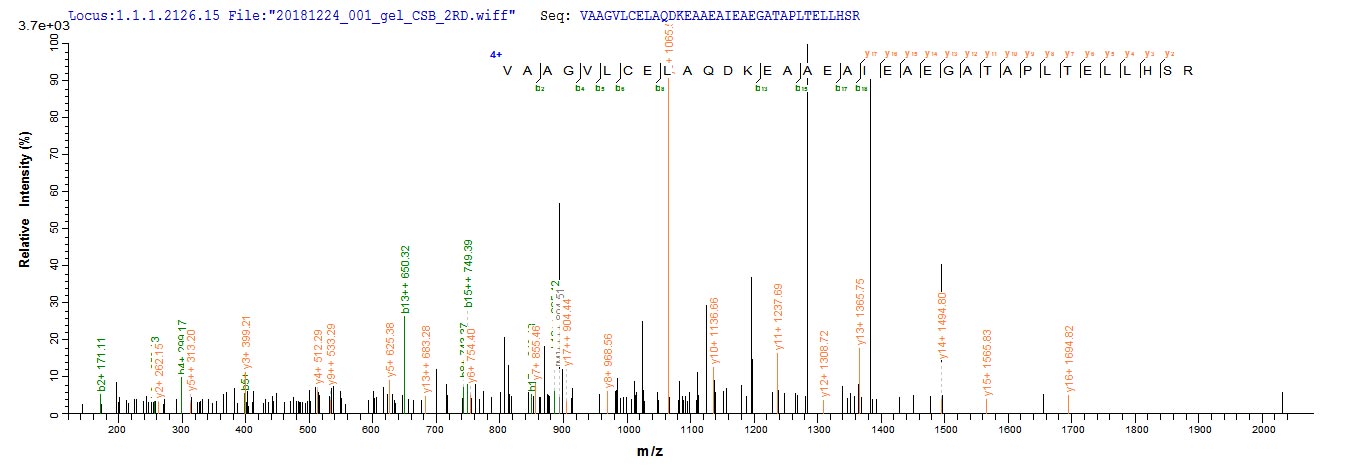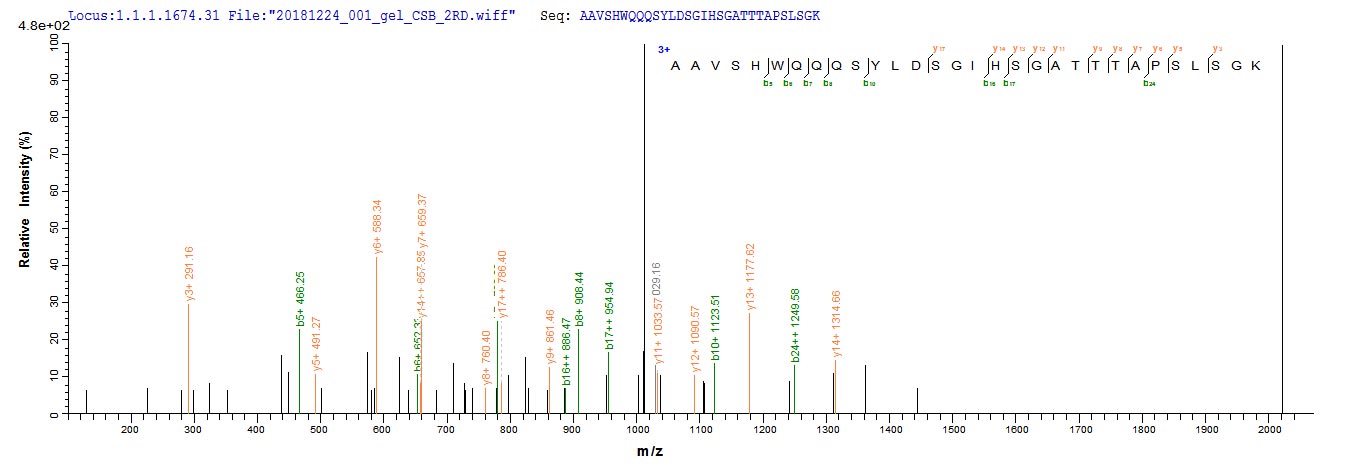The production of this Recombinant Human IFNG protein began at the genetic level, where the coding sequence for the IFNG protein was first isolated and cloned into an expression plasmid vector. Recombinant DNA technology was used in the process. Next step was cloning. The expression vector must be introduced into the host cell (E.coli) so that the cells could be cultured and expressed the desired CTNNB1 protein. And we finally got the recombinant CTNNB1 protein with the purity of 90%+ determined by SDS-PAGE.
CTNNB1 is located on chromosome 3p22.1 with a size of 23.3 kb and consist of 16 exons. It encodes for β-Catenin, which is not only a coactivator in the Wnt-signaling pathway but also a key component in cadherin adhesion complex essential in cell–cell adhesion. In the canonical Wnt-signaling pathway, β-Catenin would translocate into the nucleus and binds to lymphoid enhancer factor/T-cell transcription factors, thereby activating downstream transcription. Pathogenic alternations in CTNNB1 were found to be associated with various visual problems such as hypermetropia, astigmatism, and strabismus. It is interesting to note that the majority of the previously reported patients with CTNNB1-related severe ophthalmologic manifestations were of Asian ethnicity. Further studies are required to determine whether ethnicity plays a role in the phenotypic variation inCTNNB1-related disease.





